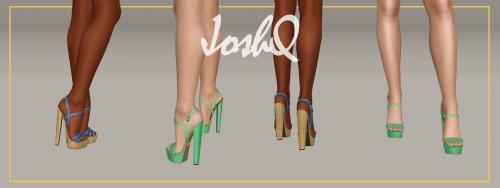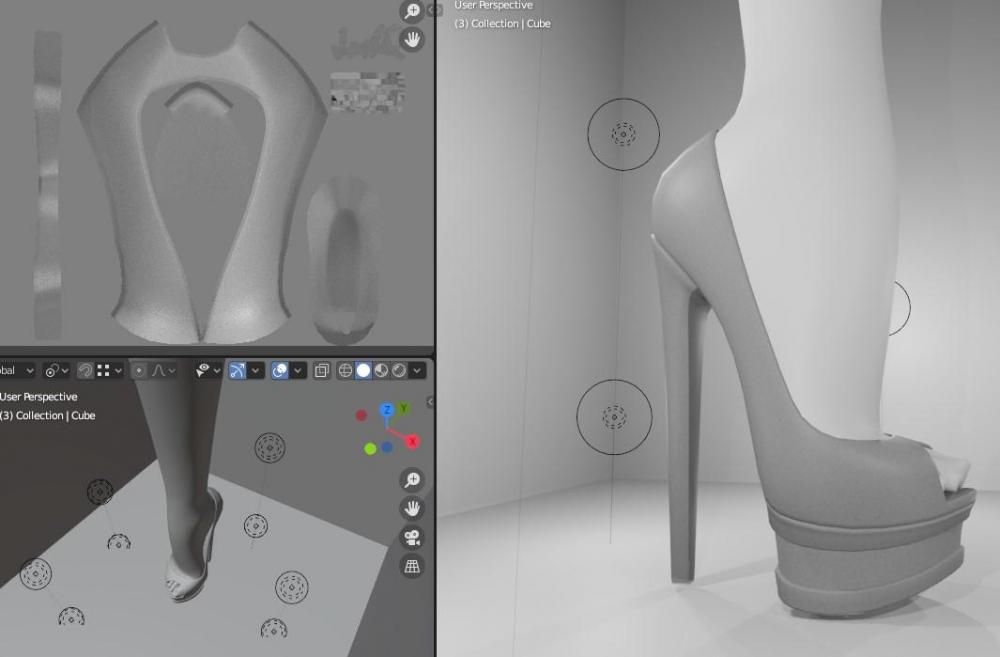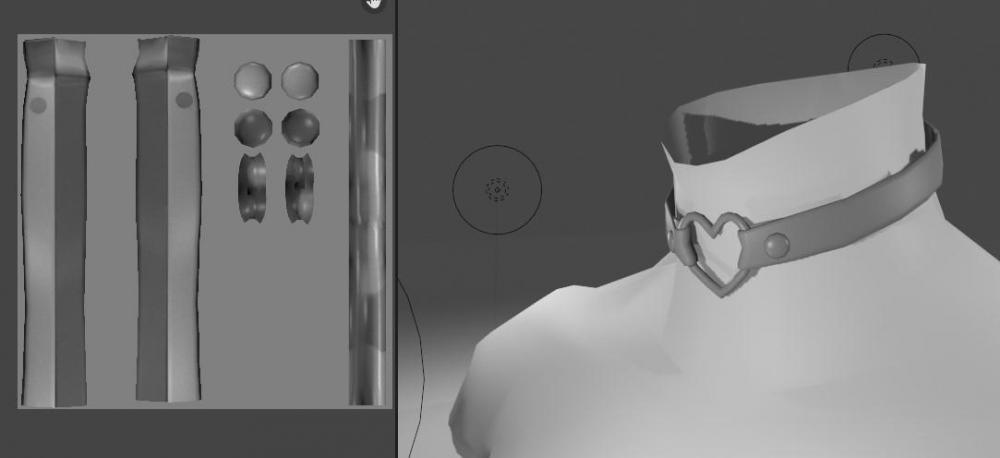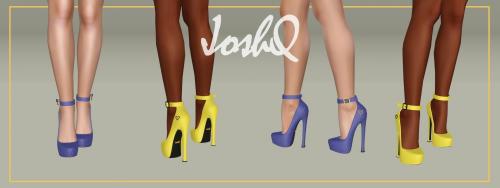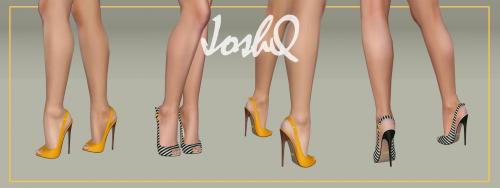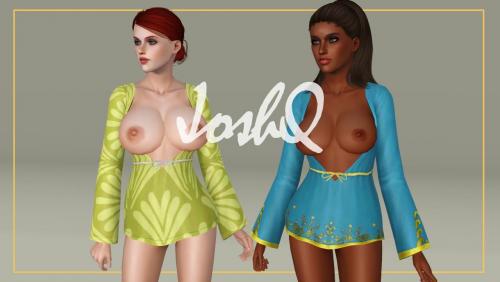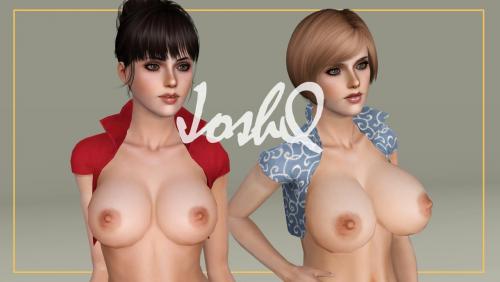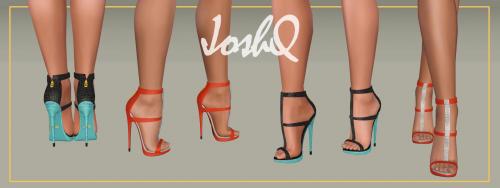-
Posts
838 -
Joined
-
Days Won
136
Content Type
Profiles
Articles
Events
Forums
Gallery
Downloads
Blogs
Everything posted by JoshQ
-
-
Repost(?): some youtube channels with tutorials for Blender
- Josh Gambrell for hard surface modeling and tips to clean topology
- Cédric Lepiller for non-destructive modeling (even if he uses a paid addon of his own you can learn the fundamentals from him)
- CG Matter has a lot of different videos but I find the ones that shows how to use nodes, including a full course, very helpful
- Jayanam is one of the few that centers in making low-poly game assets which are the best to start learning, also develops free addons
- Bonus: This tutorial by CG Boost is still one of the best there is for newbies and covers almost all steps from modeling to rendering.
Of course there are hundreds if not thousands more, these are the ones that helped me the most. Also friendly reminder: you can use Cmar’s Meshtoolkit to convert an .obj to either .geom or .wso and back, you can also use Milkshape 3D (after installing some plugins) although it can be slow when exporting .objs.
-
Despite the graininess (thanks to the minuscule area I’ve to work with) the difference between this and my old "textures" is discernible even at normal camera distance, at full zoom you will see some pixelation but by then you’re not playing anymore

Will I ‘re-texture’ all my past releases? As I said before meshes require a clean UV map for the baking to give the best results, some models already have it but the majority would require some work. I will choose the “easiest” projects to retexture but of course I also have several other projects on queue (see pic) so yeah… it’s going to be a slow process moving forward.
Anyway, barring a worldwide disaster *nocks on wood* I’ll have something to share next week.
-
Above the red line: a simple uv map where exterior and interior faces share the same space, easy to make and it works with CAS patterns but isn’t suitable for baking in Blender.
Below: a more detailed map where every face is represented and, as you can see, takes a lot more space (and time to make). Both are from the same mesh and the latter is how I’m going to unwrap my UVs from now in the pursue of better textures.
Another type of CC that benefits from this approach are 3D accessories (necklaces, belts, nails, etc). Now, this is “tricky” because as you might know the game’s engine reduces the texture quality the more accessories you put on your sim, but unlike shoes I can use the whole 1024x1024 area to counter it (more or less).
tl;dr: at the very least shoes and accessories are going to get a bump in detail from its textures, and because it takes more than double the time to make I’m back to 1-2 releases per month.
-
Quick tip to accelerate baking times in Blender 2.83
Go to ‘Tiles’ and change the value to the resolution you’re baking into, in my particular case 2048x2048 (if you want to go higher be sure your GPU has enough VRAM, mine has 2GB).
Optional: activate ‘Adaptive sampling’ and change the threshold to ’0.1’ this will generate some faint noise, how visible or desirable this is will depend on your particular case.
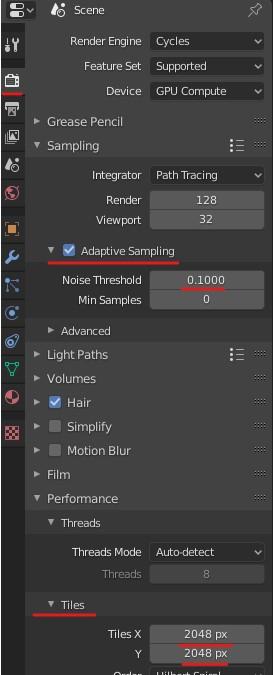
Using both options my times went from 2-3 minutes per bake to less than 1, it sounds insignificant but because I’m doing several tests at a time any reduction helps, of course better hardware might get quicker results.
What about reducing rendering samples? In my tests I noticed a reduction in image quality so I’m leaving the samples alone.
-
One thing I admit my shoes are lacking is in the texture department, literally I use one shade of gray and even after increasing the polycount the way illumination works in The Sims 3 makes my CC look “flat”, or at least that’s how I perceive it (patterns help but not enough).
In the past I avoided generating textures for one main reason: The texture space for shoes is extremely small so details get lost or blurred at best and I don’t want to make 2k/4k textures to compensate nor make them by hand.
So I’ve been experimenting trying to find a way to add just the right amount of detail to textures without resulting in a pixelated mess, with some luck you’ll see the results in a month or two.




